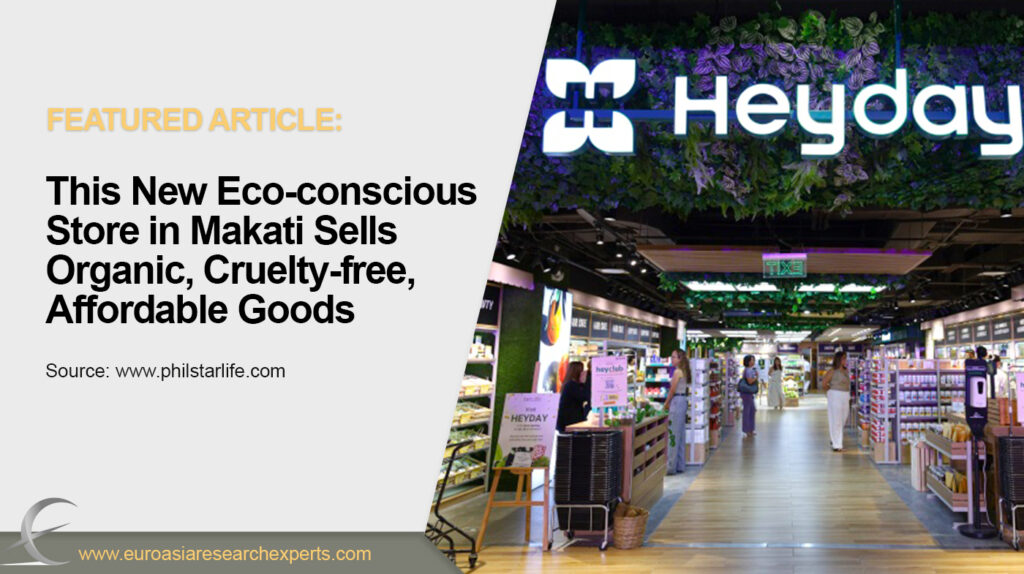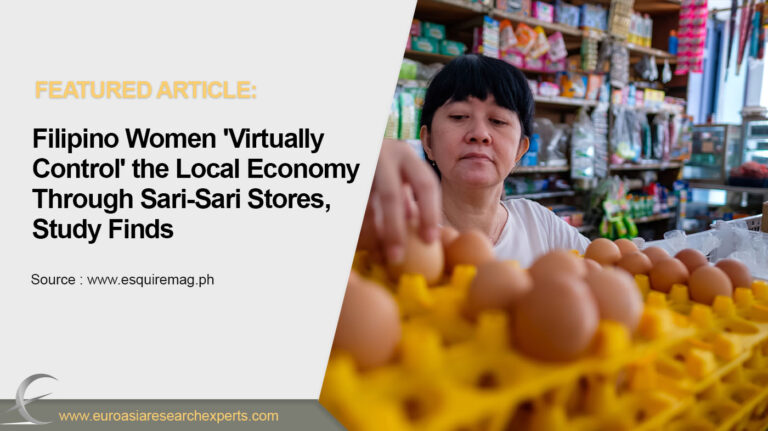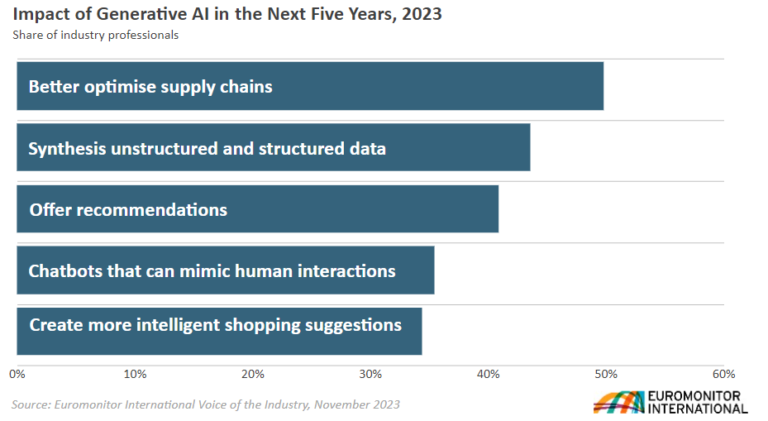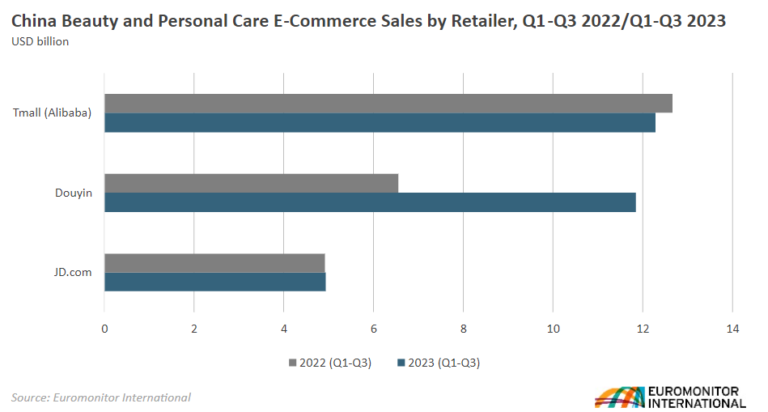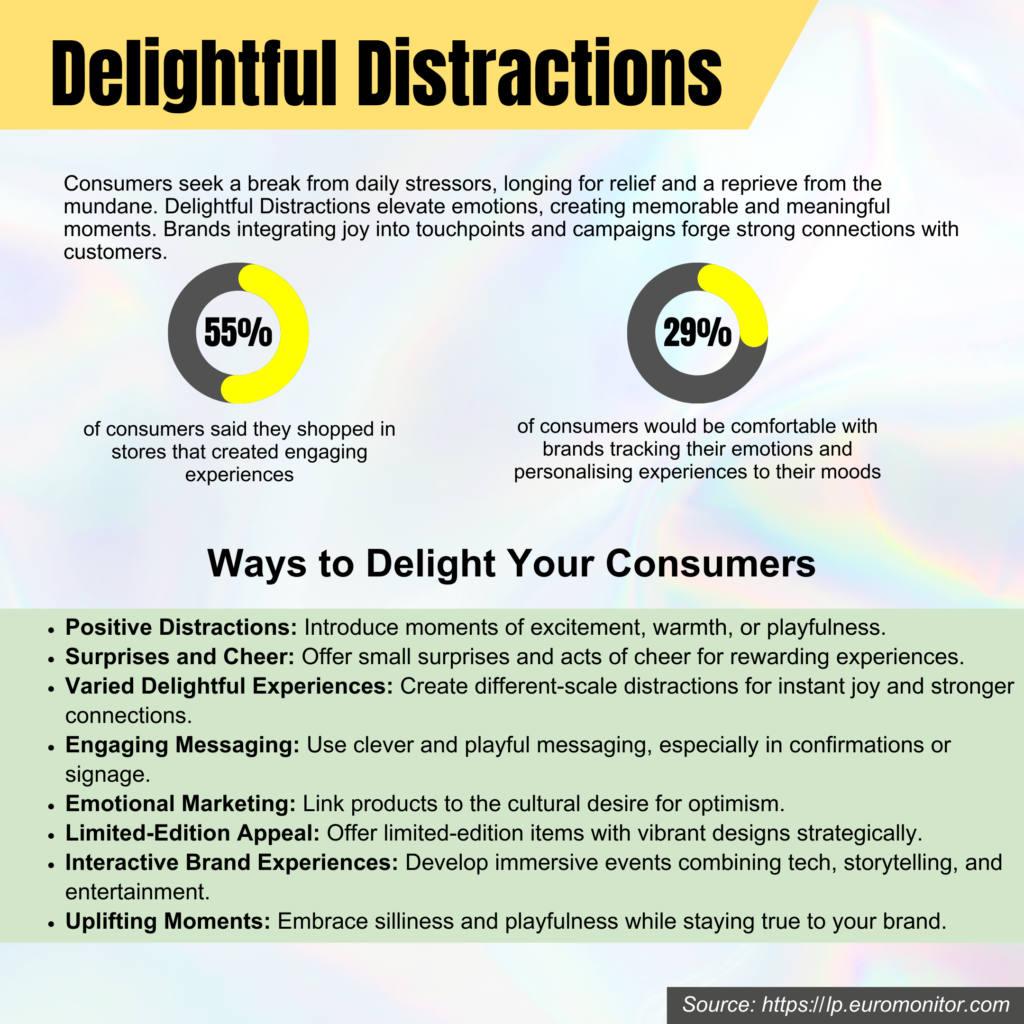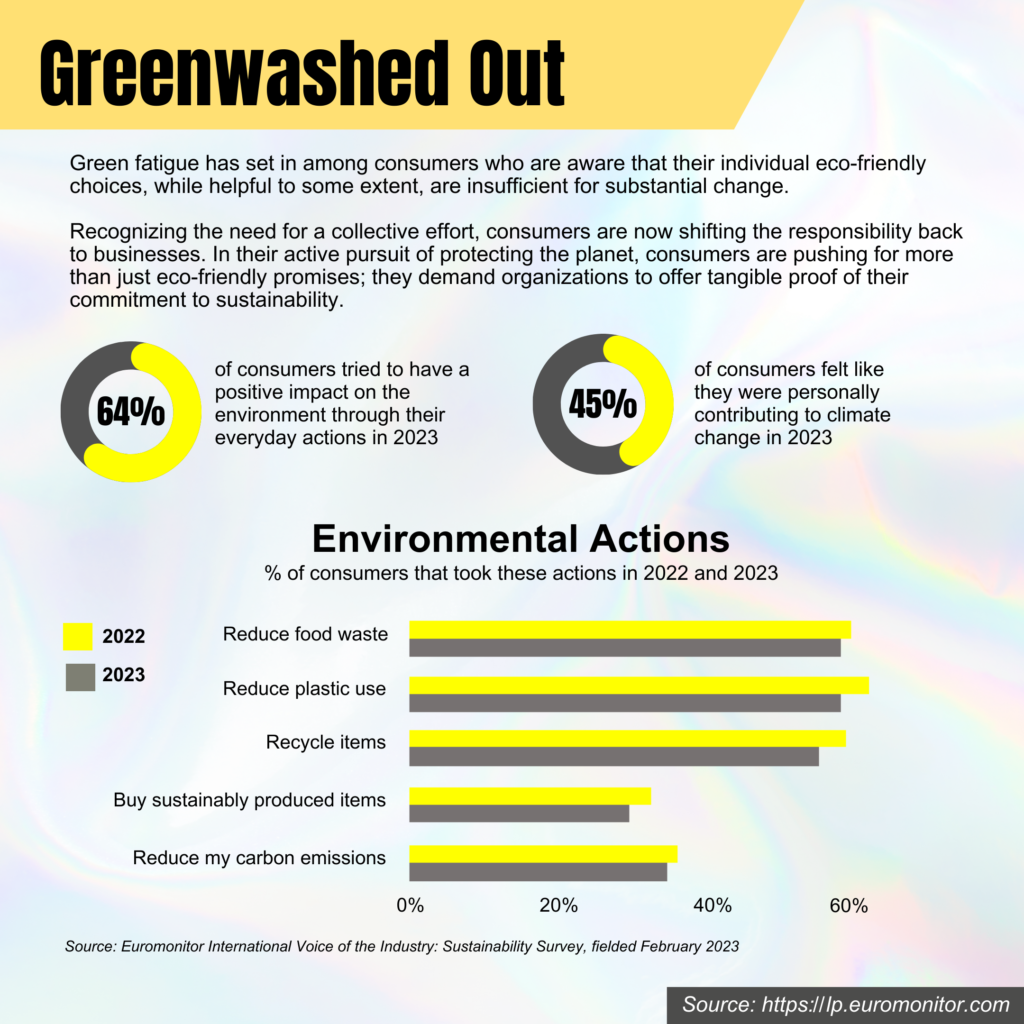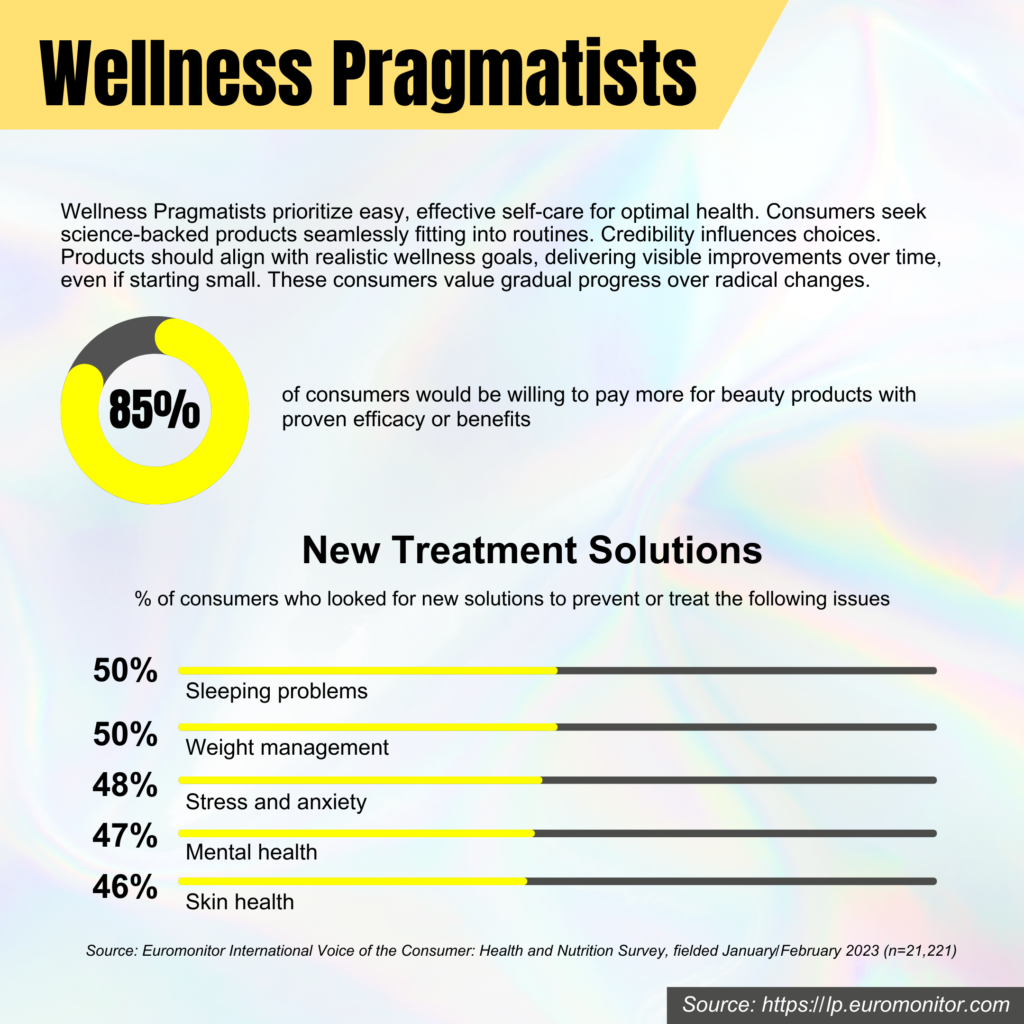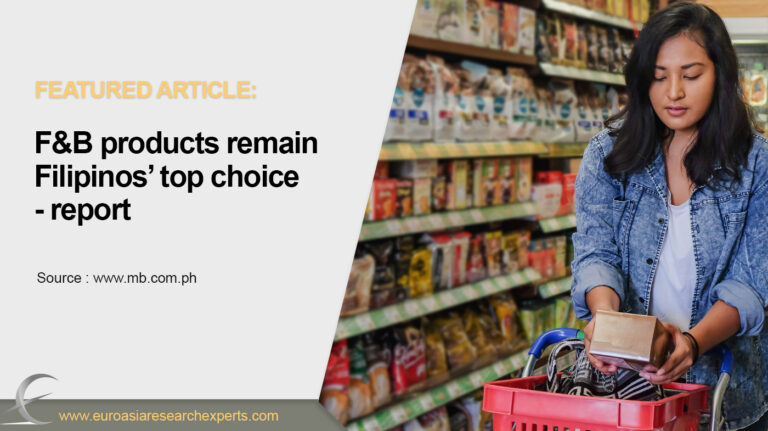This has been mentioned to death, but it’s important to stay in the pink of health more than ever. COVID-19 and other diseases are still around, sleep deprivation never stops because of work and school, social media surfing is preferred to working out, drinking and/or smoking happen whatever it takes, and a balanced diet gets skipped most of the time.
But a new health and wellness store in Makati seeks to help Filipinos lead better lifestyles.
Heyday Philippines, located at Glorietta 4, has carefully curated offerings in several categories like vitamins and supplements, fresh and frozen food, organic goodies, beauty items, and home essentials.
Aside from a health-conscious selection of goods, the store also observes sustainable and ethical practices.
Its shampoo, conditioner, and bath soap, for instance, are in bar forms, meaning they do away with plastic containers as they’re wrapped in recycled paper. They’re also made of natural ingredients, lacking harmful chemicals often found in the typical liquid form.
The store also sources its fruits, vegetables, coffee, and other food items mostly from local farms—all while being organic, cruelty-free, and low-impact. More importantly, prices are akin to grocery stores, even some public markets.
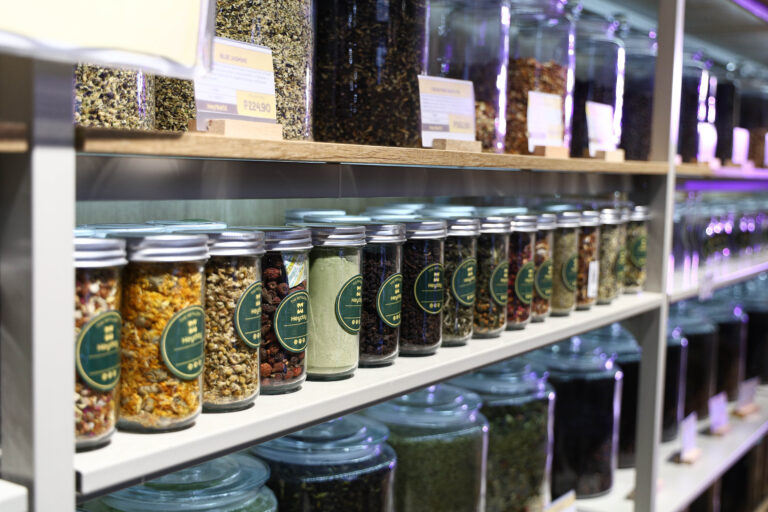
This has been mentioned to death, but it’s important to stay in the pink of health more than ever. COVID-19 and other diseases are still around, sleep deprivation never stops because of work and school, social media surfing is preferred to working out, drinking and/or smoking happen whatever it takes, and a balanced diet gets skipped most of the time.
But a new health and wellness store in Makati seeks to help Filipinos lead better lifestyles.
Heyday Philippines, located at Glorietta 4, has carefully curated offerings in several categories like vitamins and supplements, fresh and frozen food, organic goodies, beauty items, and home essentials.
Aside from a health-conscious selection of goods, the store also observes sustainable and ethical practices.
Its shampoo, conditioner, and bath soap, for instance, are in bar forms, meaning they do away with plastic containers as they’re wrapped in recycled paper. They’re also made of natural ingredients, lacking harmful chemicals often found in the typical liquid form.
The store also sources its fruits, vegetables, coffee, and other food items mostly from local farms—all while being organic, cruelty-free, and low-impact. More importantly, prices are akin to grocery stores, even some public markets.
Snacks like potato chips are hand-cooked. There are also green options like shiitake mushroom and okra chips, as well as non-fried kimchi chips.
Its granola, meanwhile, is gluten-free and free of GMO or genetically modified organisms.
But being healthy doesn’t mean there’s no fun anymore, as the store also sells organic wine made from grapes that are grown without harmful fertilizers.
It produces its own health supplements, as well as imports items that not only meet the local laws but also European Food and Drug Administration standards.
In line with its sustainability campaign, Heyday also encourages customers to bring their own shopping bags and containers. In any case, the bags it provides are made of cassava and are reusable.
Refill stations


It also has refill stations that aim to minimize the wastage of plastic and ingredients.
Aiming to make zero-waste shopping more convenient, customers may purchase olive oil, liquid detergent, fabric conditioner, and all-purpose cleaner using their pump bottles at home.
Buying spices, pasta, nuts, or coffee beans is also based on grams, letting customers purchase what they only need! With Heyday’s diverse selection, sustainable practices, and commitment to affordability, living a healthy lifestyle has never been more attainable.
Heyday is now open in G/F Glorietta 4, Ayala Center, Makati. Some of its products are also available on Lazada and Shopee.
Original Article: https://philstarlife.com/self/772948-this-new-eco-conscious-store-makati-sells-organic-cruelty-free-affordable-goods?page=4
